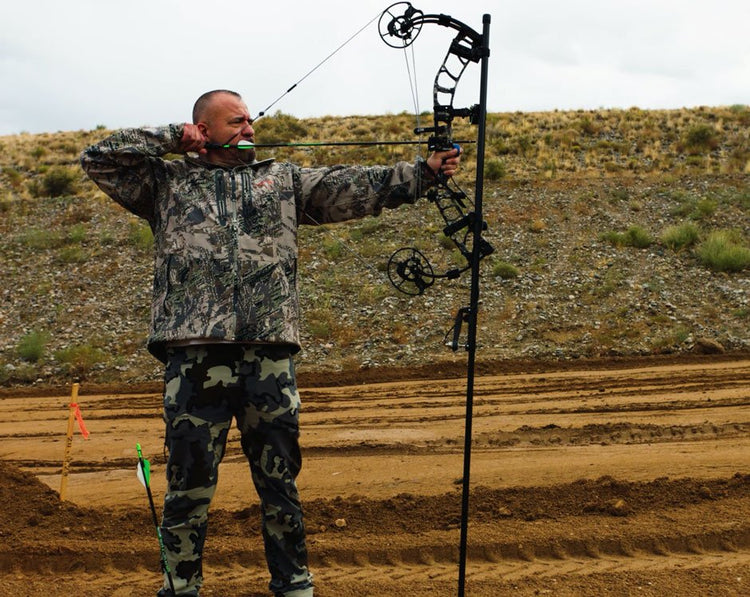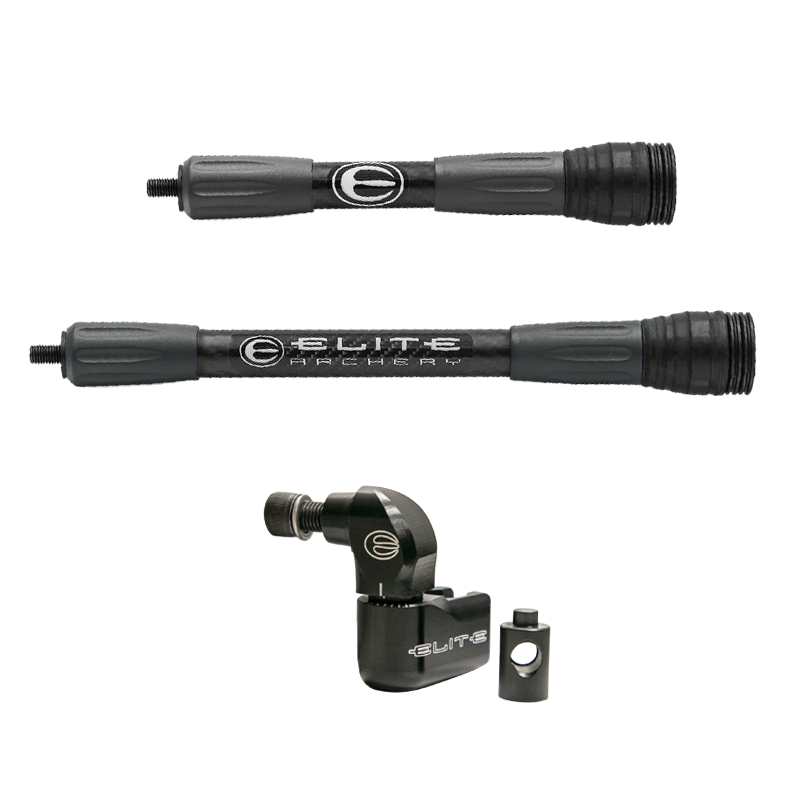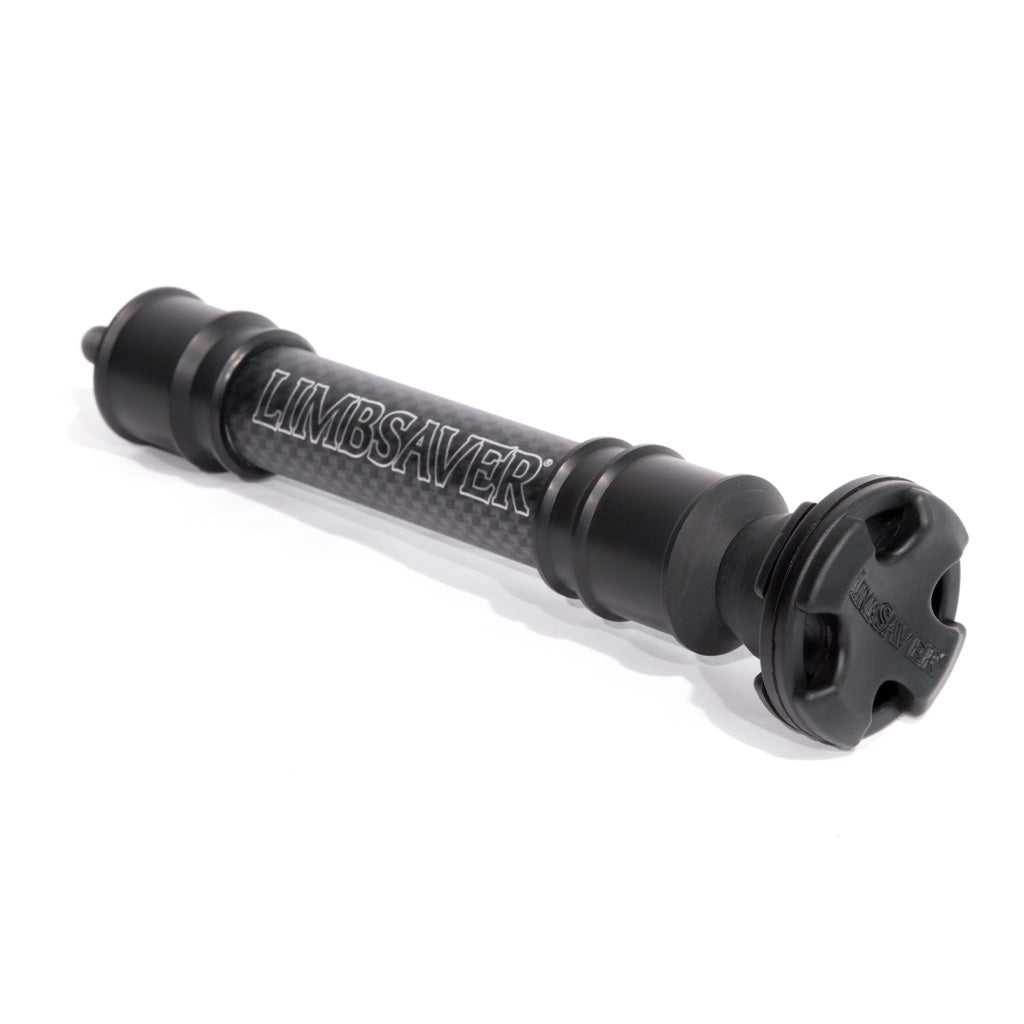Bow Stabilizer Acquiring Overview: Everything You Required to Know Prior To You Acquire
Increase Your Archery Efficiency: The Ultimate Guide to Bow Stabilizer Setup
Enhancing your archery performance requires a precise method to every element of your devices configuration. Among the various components that contribute to accuracy and security, the bow stabilizer plays a pivotal duty in improving your shot implementation. Recognizing exactly how to enhance your bow stabilizer configuration can result in significant improvements in your total accuracy and consistency on the range or in the area. As we dive right into the complexities of selecting the right stabilizer weight, positioning, and make improvements strategies, you will uncover the key to opening your full potential as an archer.
Understanding Bow Stabilizers
In the world of archery devices, the role and feature of bow stabilizers stand as vital components for boosting shooting accuracy and security. Bow stabilizers are developed to decrease bow torque, minimize vibrations, and help in holding the bow steady throughout the aiming and launch process. By connecting a bow stabilizer to the riser of the bow, archers can experience improved equilibrium and reduced hand shock, leading to more constant and precise shots.
The key purpose of a bow stabilizer is to wet any type of resonances that occur upon launching the arrow. This reduction in resonance not only improves the shooter's convenience however likewise aids maintain focus and control throughout the shot cycle. In addition, bow stabilizers aid in reversing the weight of devices affixed to the bow, such as sights, quivers, and arrowhead relaxes, guaranteeing optimum weight distribution for enhanced security.
Recognizing the mechanics and advantages of bow stabilizers is critical for archers wanting to tweak their shooting efficiency and attain greater accuracy on the variety or in the area.

Choosing the Right Stabilizer Weight
Choosing the ideal weight for your bow stabilizer is a crucial element of enhancing your archery configuration for boosted capturing efficiency. The stabilizer weight straight affects how efficiently the stabilizer minimizes resonance and maintains your bow throughout the shot. When picking the appropriate stabilizer weight, it's important to consider your shooting style, bow equilibrium, and individual choices.
Lighter stabilizers, typically weighing between 3-6 ounces, are preferred by archers that focus on ability to move and fast target purchase. These stabilizers are suitable for seekers or those who shoot in challenging surfaces where flexibility is vital. On the various other hand, much heavier stabilizers, ranging from 8-12 ounces or more, are chosen by target archers seeking optimum security and minimized bow motion. The added weight helps hold the bow steadier throughout the intending process and minimizes the effects of torque on the bow.
Ultimately, the most effective stabilizer weight for you will certainly depend on your capturing goals and choices. Try out different weights and finding the one that supplies the ideal balance of security and maneuverability is vital to improving your archery performance.
Putting Up Your Bow Stabilizer
To appropriately install your bow stabilizer, make certain that you have all the needed tools and comply with these step-by-step guidelines for a protected and reliable configuration. Start by determining the front stabilizer bushing on your bow riser. Many bows have pre-threaded openings for stabilizer installation. Next off, apply a percentage of bowstring wax to the threads of the stabilizer screw to prevent it from loosening up throughout use.
Carefully thread the stabilizer right into the front bushing by hand, seeing to it not to cross-thread it (bow stabilizer). When the stabilizer is snugly in location, make use of an appropriate wrench to tighten it safely. Stay clear of over-tightening, as this can cause damage to the bow or stabilizer
After setting up the stabilizer, check to guarantee it is straight and aligned with the bow. Some stabilizers include flexible weights or dampeners; readjust these according to your preferences and shooting style. Test the bow to guarantee the stabilizer is successfully lowering resonance and improving your shot consistency.
Readjusting Stabilizer Placement for Precision
After mounting the bow stabilizer securely, maximizing its position is important for enhancing accuracy in your shooting. The position of the stabilizer can significantly impact the equilibrium and security of your bow throughout the shot cycle. To change the stabilizer for optimal accuracy, beginning by explore various settings. Moving the stabilizer more detailed to the riser can help in reducing the bow's overall weight circulation, possibly improving your intending security. On the other hand, extending the stabilizer further out can boost the bow's forgiveness and decrease the results of torque on the shot.
When readjusting the stabilizer setting, take into consideration the type of capturing you do. For target archery, a longer stabilizer positioned even more out could be useful for included stability throughout the intending process - bow stabilizer.
Fine-Tuning Your Stabilizer Configuration

Additionally, consider the placement of any dampeners or weights along the stabilizer pole. Relocating these parts closer to or better from the riser can modify the stabilizer's total impact on your bow's equilibrium. Fine-tuning these details can assist decrease vibration, minimize hand shock, and boost total control throughout the shot execution.
On a regular basis reassess your stabilizer configuration as your shooting technique evolves to guarantee it remains to match your type try these out and shooting objectives. By finetuning your stabilizer arrangement with accuracy and care, you can optimize your bow's efficiency and raise your archery skills to new elevations.
Final Thought
Finally, optimizing your bow stabilizer arrangement is vital for boosting your archery performance. By understanding the objective of stabilizers, selecting the suitable weight, correctly placing the stabilizer and mounting, and tweak its setup, you can boost your accuracy and uniformity in capturing. Make the effort to experiment with various configurations and adjustments to discover the configuration that functions finest for you and aids you accomplish your archery goals.
Bow stabilizers are made to lessen bow torque, reduce resonances, and assist in holding the bow constant during the intending and release procedure. By connecting a bow stabilizer to the Look At This riser of the bow, archers can experience better equilibrium and decreased hand shock, resulting in even more accurate and regular shots.

The stabilizer weight directly influences just how effectively the stabilizer minimizes resonance and stabilizes your bow during the go to my blog shot. bow stabilizer. By recognizing the purpose of stabilizers, choosing the proper weight, appropriately positioning the stabilizer and setting up, and adjust its configuration, you can improve your precision and consistency in shooting